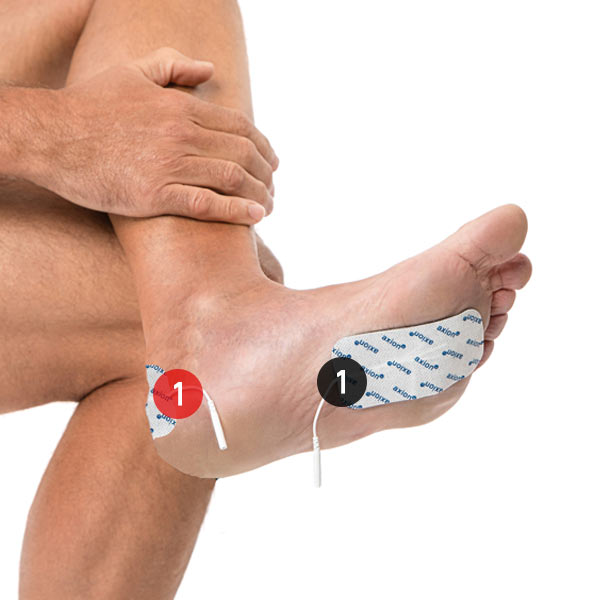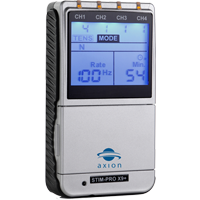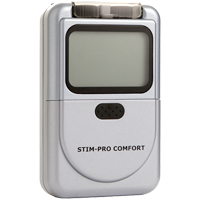TENS application for heel pain

Heel pain can be very uncomfortable because every step hurts when you step on it. The heel or heel bone is connected to both the Achilles tendon and the plantar fascia. Most of the time, the pain is in the area of the sole of the foot, but it can also occur on the side or back of the heel.
The causes can also be varied, from a heel spur with plantar fasciitis to bursitis in the heel. A TENS device can help you against the pain in the heel.
A TENS device transmits electrical impulses to the skin via electrodes, which has two effects. On the one hand, the electrical impulses can block the transmission of pain to the brain, which means that the pain may no longer be perceived. On the other hand, the TENS application can support the natural pain control mechanism of our body so that its own painkilling substances, the so-called endorphins[1], are released. TENS can also promote blood circulation[2].

-

This guide is for orientation purposes and does not replace the supervision of a doctor or therapist. Please follow the warnings and safety instructions of your device. Changes and errors are possible.
-

Number inside the circle: Channel number
Circle color: Red = Electrode 1, Black = Electrode 2
The recommended programs for axion TENS devices
-

-

STIM-PRO T400
P02 and/or P10
-

Please note when using TENS:
The intensity should be adjusted so that it is felt as a pleasant tingling sensation. The duration of the application should be approx. 40 minutes in order to be able to achieve a lasting reduction in pain. It also makes sense to switch programs every now and then.
Causes and symptoms of heel pain
The advantages of pain treatment with TENS
-

From everywhere
You can use TENS therapy anywhere. It doesn't matter whether you're sitting comfortably on the sofa or in the office.
-

Drug free
TENS pain therapy is an alternative to drug pain treatment
-

At any time
You can use TENS flexibly and at any time. Success can already be achieved after the first treatment
-

Free of side effects
When used correctly, pain treatment with TENS has practically no side effects
Studies and scientific sources






